1. Cowboys Wore Cowboy Hats Everywhere
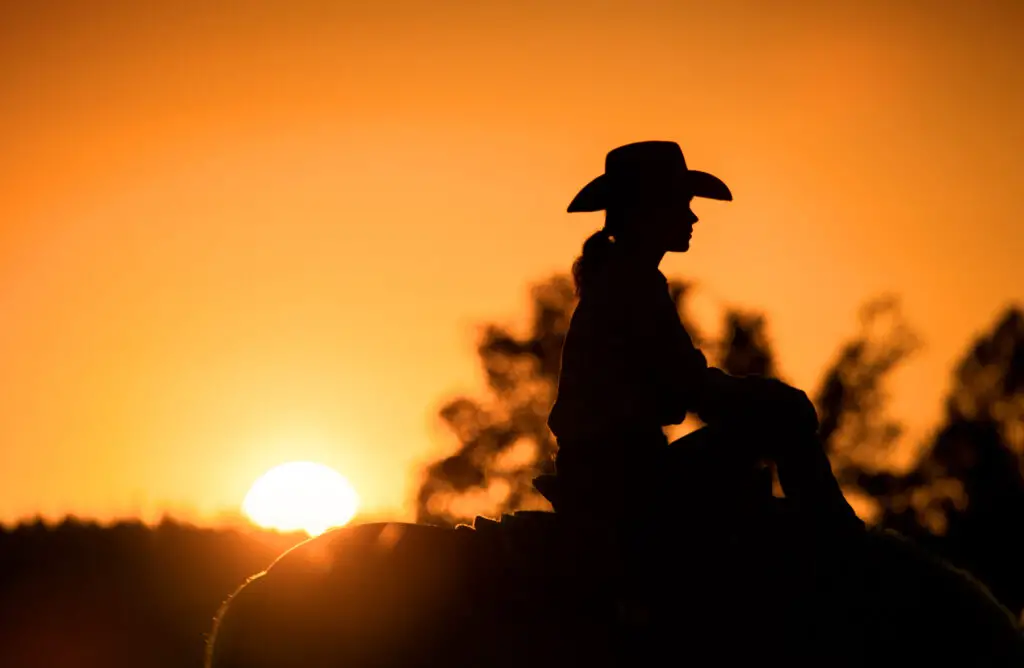
Hollywood loves the image of a rugged cowboy with a perfectly shaped Stetson perched on his head, whether he’s in the saddle, the saloon, or sleeping under the stars. But in reality, cowboys often wore bowler hats, slouch hats, or whatever headgear they could find, especially in the mid-to-late 1800s before the Stetson became popular. Practicality, not fashion, usually dictated their choice, so the wide-brim hat was just one option among many.
The Stetson brand didn’t gain widespread popularity until the late 19th century, and even then, it was often reserved for special occasions rather than daily chores. You might see a cowboy wearing a battered felt hat for work, switching to something more presentable when heading into town. The uniform Hollywood created was more about branding an image than reflecting real life.
2. Gunfights Happened Daily in the Streets
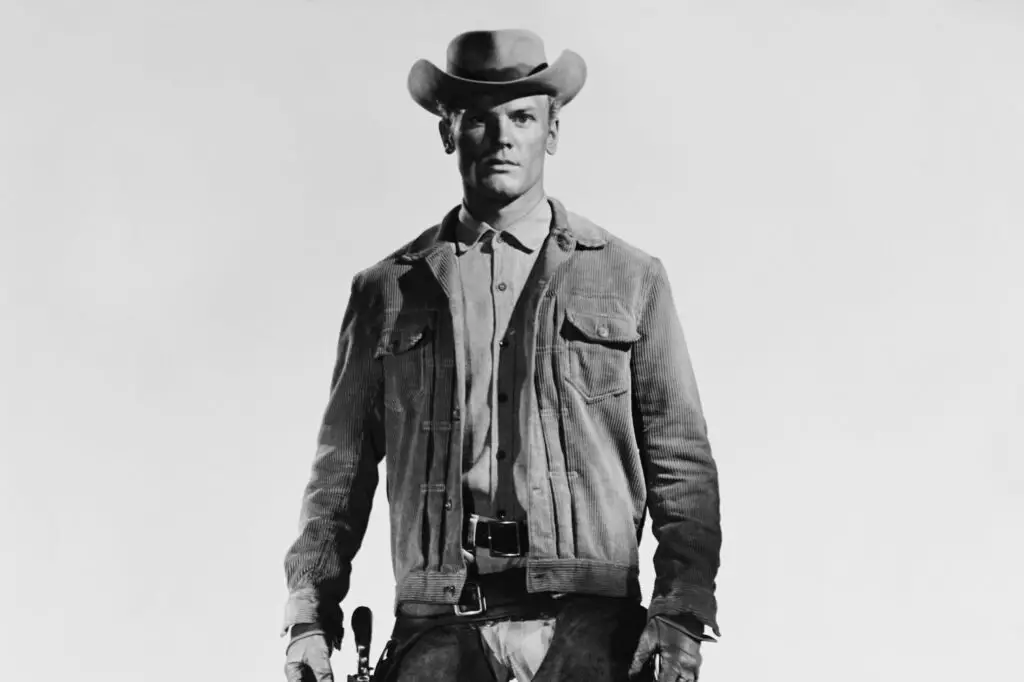
Movies and shows like High Noon have trained us to picture towns where men were constantly squaring off in dusty streets at high noon. While shootouts did happen, they were rare and usually over quickly. The myth of the daily gunfight is a creation of dime novels, traveling Wild West shows, and later Hollywood scripts.
In real life, firearms were expensive, ammunition was precious, and most towns had strict gun control laws that prohibited carrying weapons within city limits. Disputes were more likely to be settled with fists, the law, or not at all, rather than a dramatic duel under the blazing sun. The quick-draw shootout was largely a theatrical invention.
3. Saloons Were Rowdy 24/7
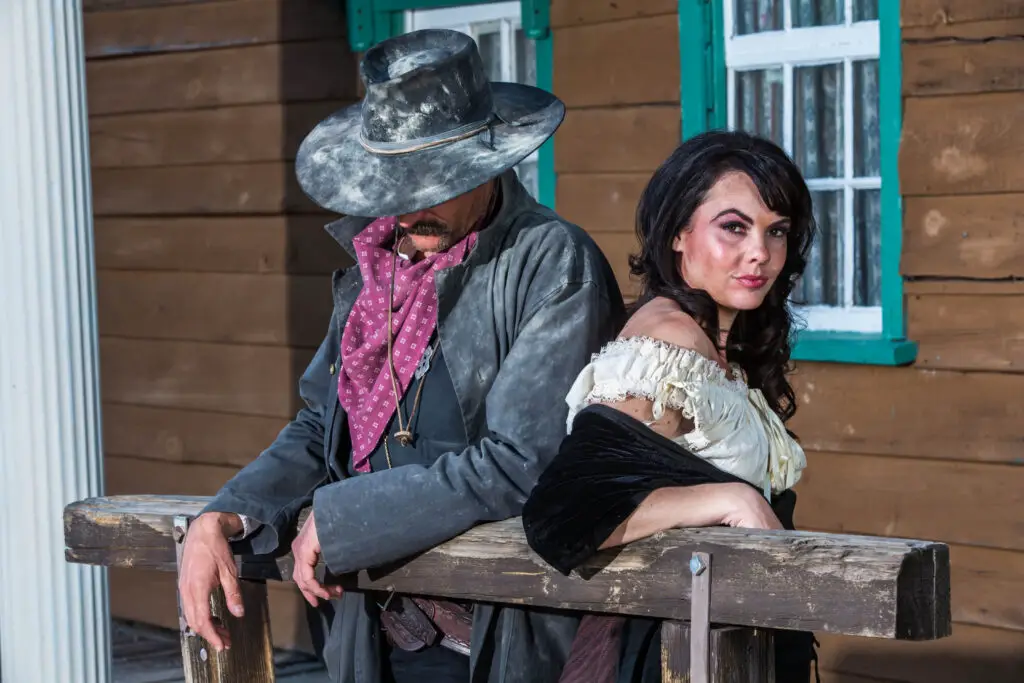
Films like Tombstone love to show saloons as nonstop party hubs filled with gambling, dancing girls, and endless whiskey. While some were lively, many saloons were more like general-purpose gathering spots, where patrons might buy a meal, pick up mail, or discuss local politics.
In smaller towns, saloons might only be busy in the evenings or after payday, with plenty of downtime in between. Alcohol was often watered down, and bar fights were much less frequent than movies suggest. The idea of constant chaos was more for entertainment than a reflection of daily life.
4. Native Americans Only Fought Settlers
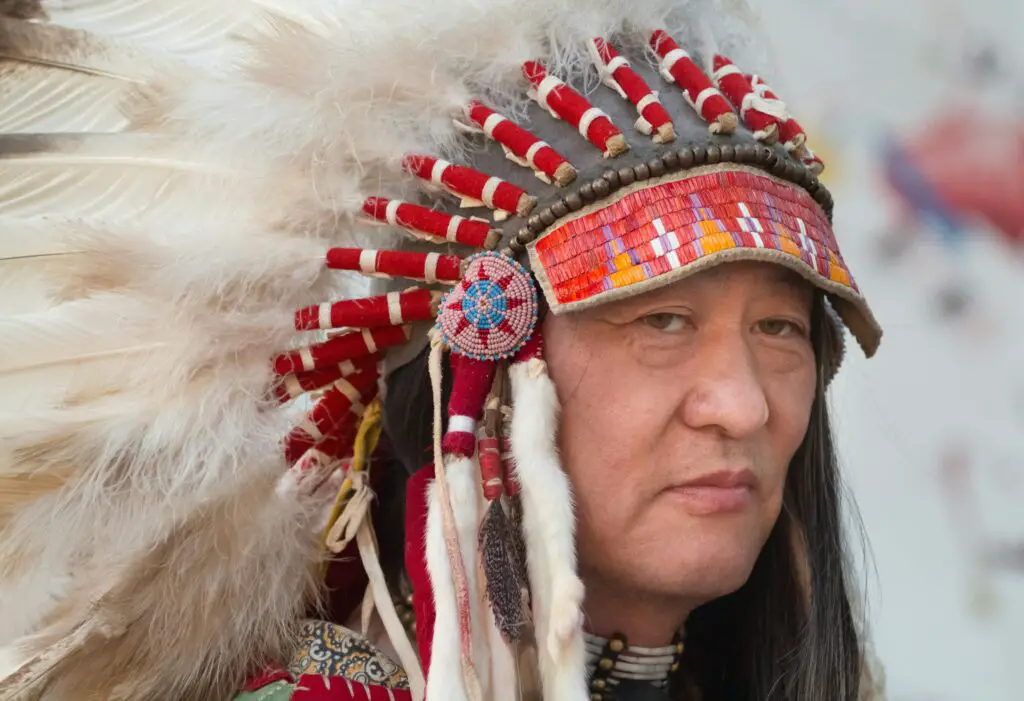
Hollywood has long portrayed Native Americans as a single, hostile force against white settlers. This is a gross oversimplification of a complex history. Different tribes had vastly different relationships with settlers, the U.S. government, and each other, ranging from alliances and trade to conflict.
Many tribes worked with settlers, served as scouts, or engaged in treaties to protect their land and people. Portraying all Native Americans as warriors attacking wagon trains ignores the cultural diversity, diplomacy, and daily life that existed far beyond battles.
5. Everyone Rode Horses Everywhere
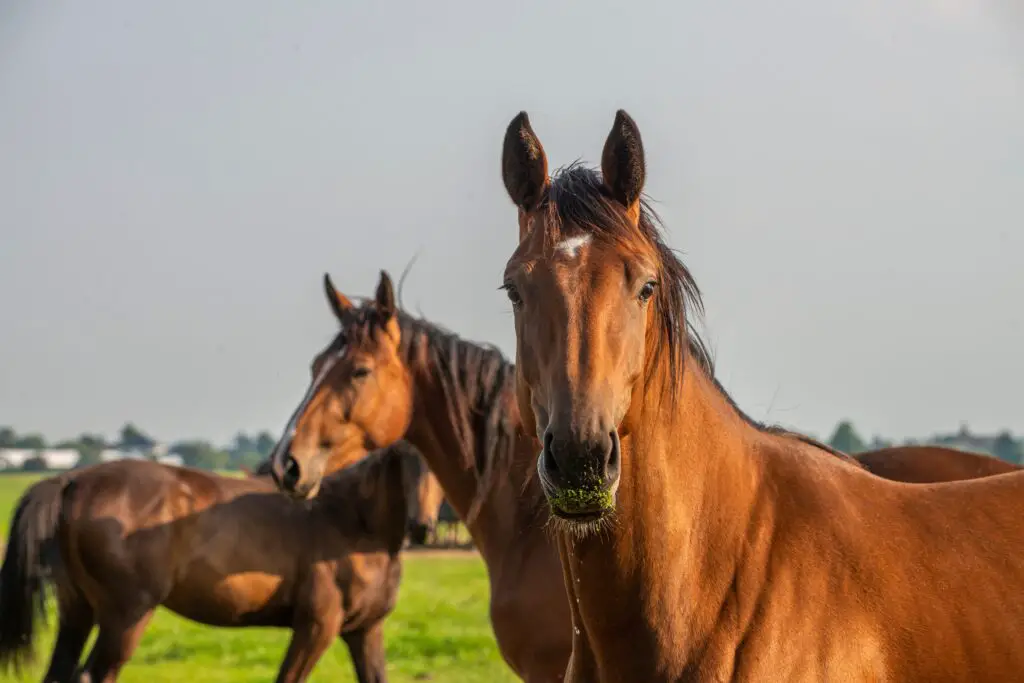
Movies often make it seem like there was no other way to get around but on horseback. In truth, people in the American West also walked, used wagons, stagecoaches, trains, and even boats where waterways allowed. Horses were valuable and expensive, and not everyone owned one.
Travel was often slow and practical, with many preferring to save their animals for longer trips or work rather than casual rides. The horseback image became dominant because it’s visually appealing and instantly recognizable, but it’s far from the whole story.
6. Lawmen Were Always Noble Heroes
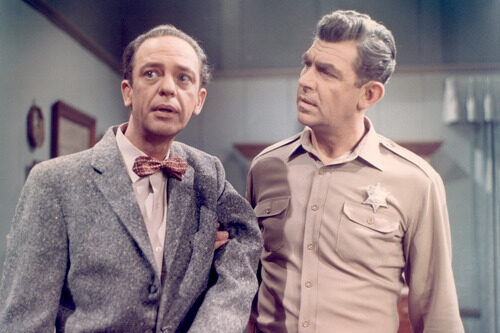
Hollywood loves the clean-cut sheriff, morally flawless and ready to protect the town at all costs. In reality, lawmen could be as complicated as anyone else, and some were even corrupt or had criminal pasts. Figures like Wyatt Earp and Bat Masterson have been heavily romanticized, with their rougher sides smoothed over for public consumption.
Law enforcement in small towns often blurred lines between legal authority and personal interest. Sometimes sheriffs were elected more for their popularity than their integrity. The heroic archetype was crafted for storytelling, not historical accuracy.
7. Outlaws Were Lovable Rogues
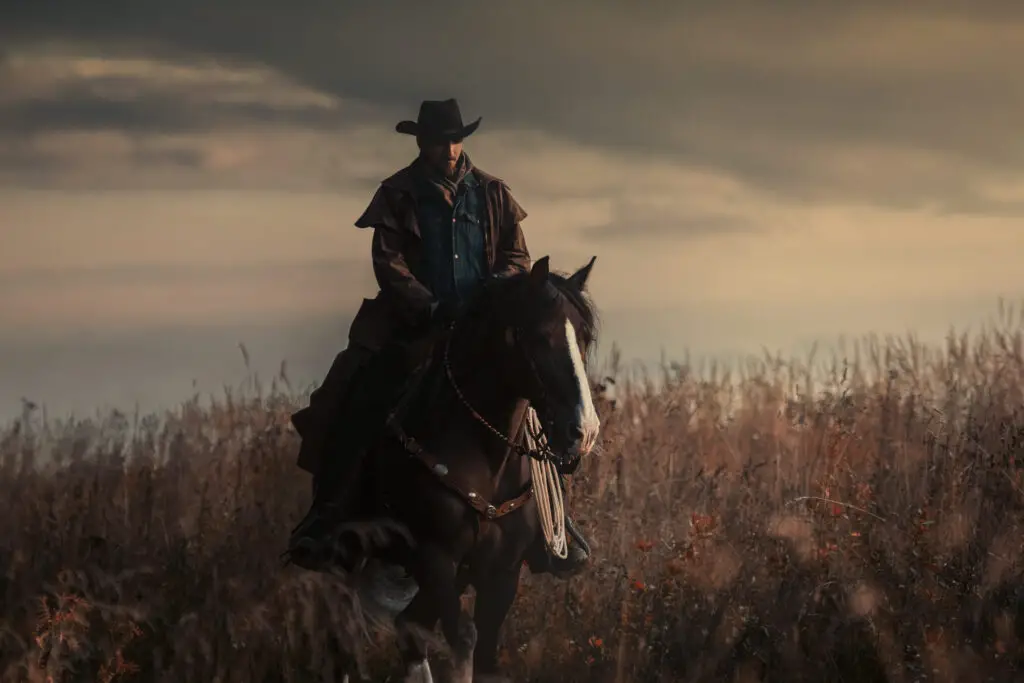
From Butch Cassidy and the Sundance Kid to countless John Wayne films, Hollywood has a way of turning outlaws into charming, misunderstood rebels. While some were indeed charismatic, most were dangerous criminals whose actions caused real harm to people and communities.
The romanticized outlaw archetype often erases the violence, theft, and fear they brought. In many cases, they were hunted not because of their rebellious charm, but because they were a real threat to safety and property. The lovable rogue is a Hollywood gloss on a much grittier truth.
8. The West Was Always Lawless
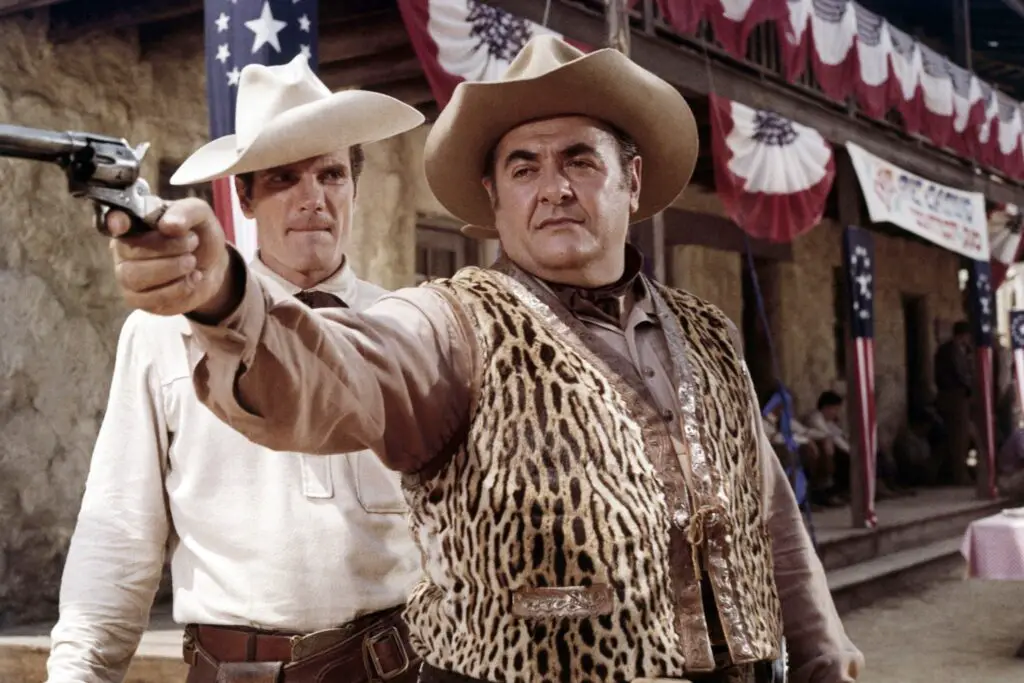
It’s easy to believe the American West was a place of total chaos, but many towns had structured governments, law enforcement, and civic order. Rules about gambling, alcohol, and firearms were common, and breaking them could lead to hefty fines or jail time.
Hollywood often skips over the mundane details of local governance because it’s less thrilling than a barroom brawl. In truth, much of Western life was about keeping peace and order so communities could grow, not about constant anarchy.
9. Women Were Rare and Always Damsels in Distress
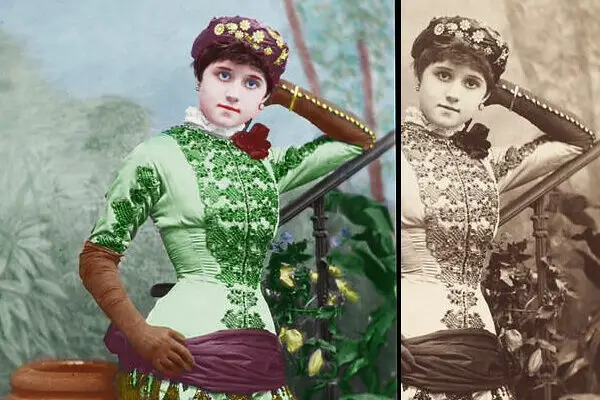
Movies often depict the West as populated almost entirely by men, with a few women who are either schoolmarms, saloon girls, or helpless victims. In reality, women played a wide variety of roles, from ranchers and shopkeepers to doctors and homesteaders.
Women not only helped settle the land but also owned property, ran businesses, and sometimes took up arms to defend themselves and their communities. Their contributions were essential to building towns, but Hollywood often flattened their roles to fit familiar tropes.
10. Everyone Drank Whiskey
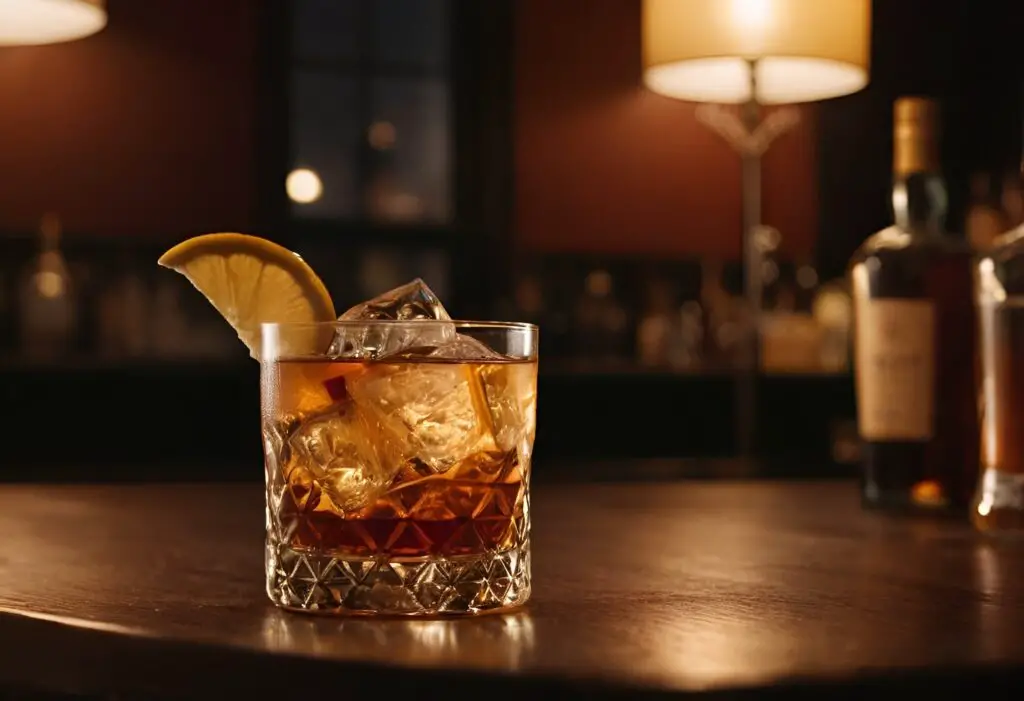
In countless Westerns, the drink of choice seems to be a shot of whiskey slammed down at the bar. While whiskey was popular, beer was actually a staple in many saloons, often brewed locally or imported from larger cities. Coffee and sarsaparilla were also common, especially for those who didn’t drink alcohol.
Some saloons even prided themselves on offering good food and non-alcoholic beverages alongside stronger spirits. Whiskey’s prominence in film is partly because it’s a quick visual shorthand for toughness and grit.
11. Western Towns Were All Dusty and Brown
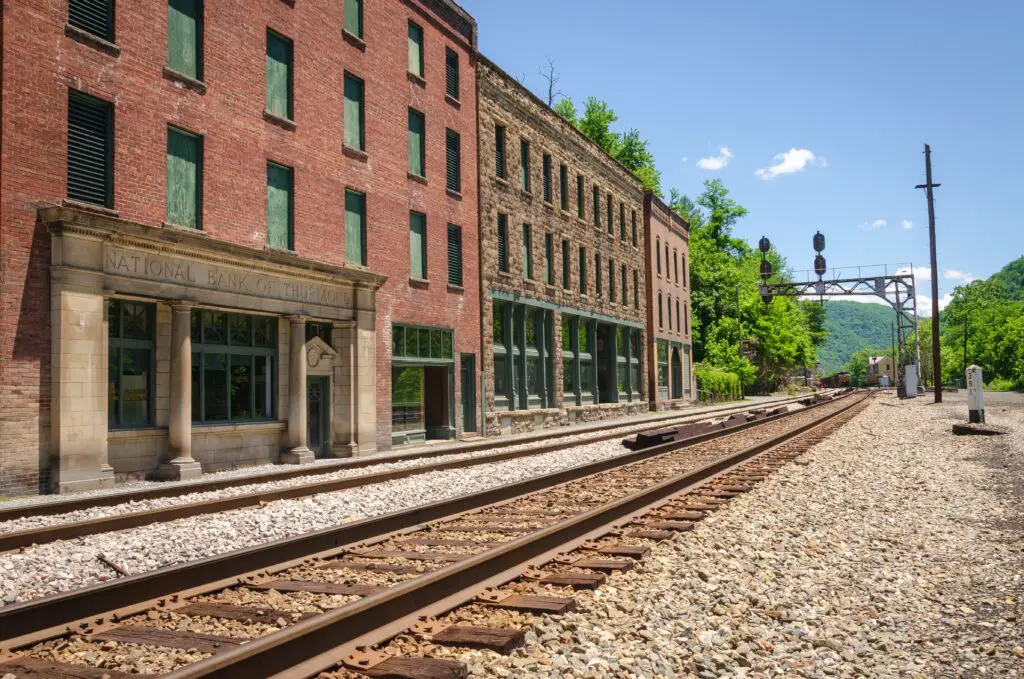
Cinematography often paints Western towns as dusty, sunbaked, and monochromatic. While many areas were arid, towns in regions like Montana, Colorado, and the Pacific Northwest could be lush, green, and even snow-covered for much of the year.
Hollywood often filmed in desert locations for convenience and visual drama, leading to a skewed perception. In reality, the American West encompassed a wide range of climates and landscapes, from fertile farmland to alpine forests.
12. The Pony Express Lasted for Decades
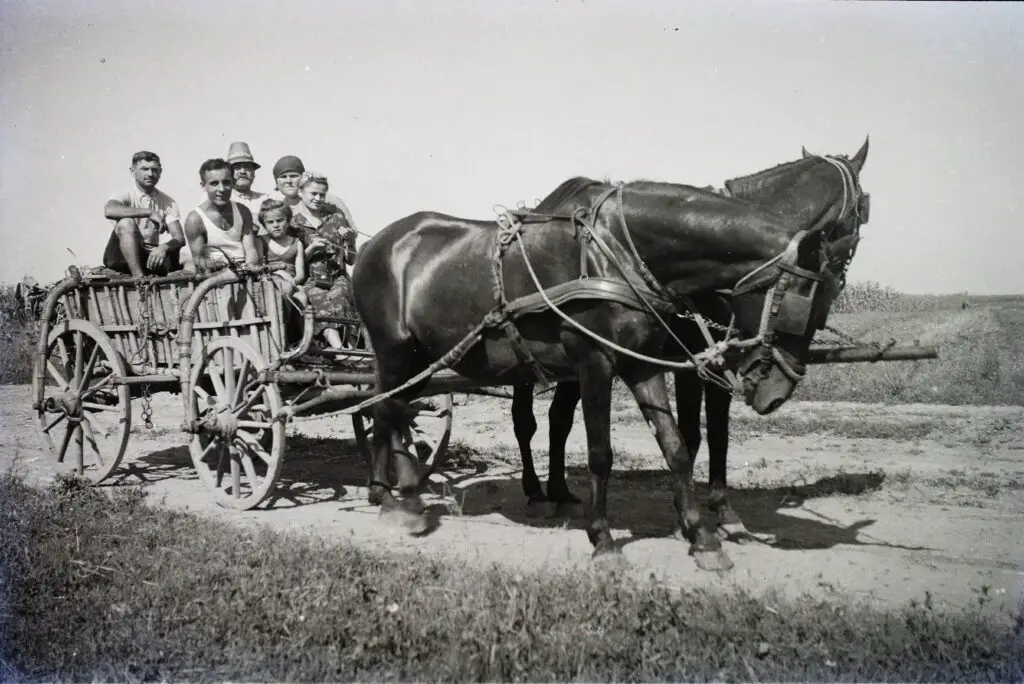
Many Western films reference the Pony Express as a long-running, vital mail service. In truth, it operated for just 18 months, from April 1860 to October 1861, before being replaced by the transcontinental telegraph.
Its short lifespan doesn’t make it any less impressive—riders covered thousands of miles at incredible speeds—but its legendary status in film and folklore far exceeds its actual time in operation. Hollywood simply found the daring riders too good a symbol to let go.
13. Everyone Was White
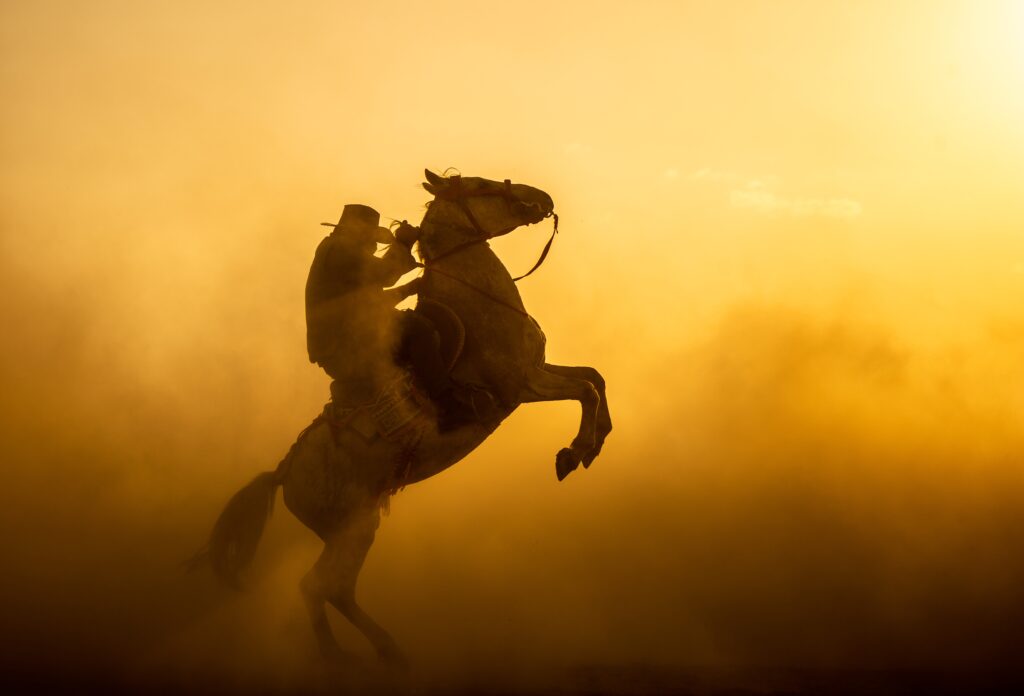
Westerns have long presented the American frontier as almost entirely white, ignoring the reality that it was incredibly diverse. Black cowboys, Mexican vaqueros, Chinese railroad workers, and immigrants from all over the world played major roles in shaping the West.
Historians estimate that up to a quarter of cowboys were Black, yet their stories were largely erased from popular culture. By erasing this diversity, Hollywood built a version of the West that fit its narrative but missed the richness of the real history.
